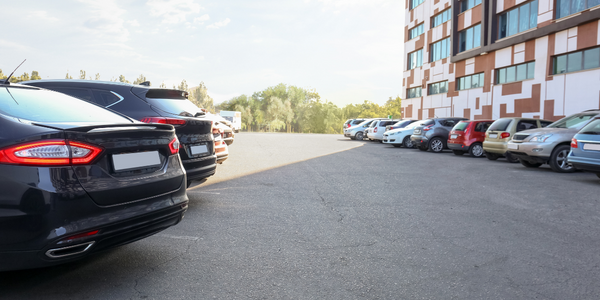
技术
- 传感器 - 相机/视频系统
适用行业
- 城市与自治市
适用功能
- 物流运输
用例
- 智能停车
客户
伊维萨岛
关于客户
伊维萨岛是一个拥有 133,000 名居民的岛屿,每年接待超过 200 万游客,主要是在夏季。
挑战
拥有 133,000 名居民,每年接待超过 200 万游客,这种季节性涌入使前往伊维萨岛中心的交通变得复杂,并导致在 La Marina 寻找停车位的车辆拥堵。这影响了人民的福祉,甚至对贸易和该地区的形象产生了负面影响。我们为当地政府实施的项目旨在: - 加快 La Marina 的停车。 - 减少到中心的车辆流量。 -提高居民和游客的生活质量和满意度。 - 推广中心的购物区。
解决方案
1) 实时信息 U-Spot 传感器部署在 La Marina 的 85 个停车位上。实时捕获的数据被转化为加速停车的有用信息。 2) 改善中心的可达性和停车位传感器被放置在码头区的停车位上,并在 d'Annibal St. 的入口处安装了一个信息面板,因此驾驶员可以了解空间的可用性,避免不必要的车辆访问以防它已满。 3) 提高市民的满意度和伊维萨岛的形象 引入的解决方案优化了停车管理并实现了更快地进入中心。市民感到满意,因为他们不再浪费时间寻找停车位,压力减轻,生活质量提高。他们再次回到中心购物,促进了当地贸易。
收集的数据
Duration Of Stay, Occupancy, Parking Availability
运营影响
数量效益

Case Study missing?
Start adding your own!
Register with your work email and create a new case study profile for your business.
相关案例.

Case Study
Turning A Stadium Into A Smart Building
Honeywell created what it called the “intelligent system” for the National Stadium in Beijing, China, turning the venue for the opening and closing events at the 2008 Summer Olympics into a “smart building.” Designed by highly controversial artist Ai Weiwei, the “Bird’s Nest” remains one of the most impressive feats of stadium architecture in the world. The 250,000 square meter structure housed more than 100,000 athletes and spectators at a time. To accommodate such capacity, China turned to Honeywell’s EBI Integrated Building Management System to create an integrated “intelligent system” for improved building security, safety and energy efficiency.
.png)
Case Study
Smart Street Light Network (Copenhagen)
Key stakeholders are taking a comprehensive approach to rethinking smart city innovation. City leaders have collaborated through partnerships involving government, research institutions and solution providers. The Copenhagen Solutions Lab is one of the leading organizations at the forefront of this movement. By bringing together manufacturers with municipal buyers, the Copenhagen Solutions Lab has catalyzed the development and deployment of next-generation smart city innovations. Copenhagen is leveraging this unique approach to accelerate the implementation of smart city solutions. One of the primary focus areas is LED street lighting.

Case Study
Buoy Status Monitoring with LoRa
The Netherlands are well-known for their inland waterways, canals, sluices and of course port activities. The Dutch Ministry of Infrastructure indicates that there are thousands of buoys and fixed items in and near water environments that would profit from IoT monitoring. One of the problems with buoys for example, is that they get hit by ships and the anchor cable breaks. Without connectivity, it takes quite some time to find out that something has happened with that buoy. Not to mention the costs of renting a boat to go to the buoy to fix it. Another important issue, is that there is no real-time monitoring of the buoys at this moment. Only by physically visiting the object on the water, one gains insight in its status.

Case Study
China Mobile Smart Parking
Smart Parking, powered by NB-IoT technology, is making it easier for drivers to find free parking spots. Cities can better manage their parking assets and maximize the revenue available to them as a result. Drivers searching for parking create congestion and pollution by circling and hunting for available parking. Smart Parking services are able to significantly ease these problems by guiding a driver directly to a parking space.

Case Study
Barcelona Case Study
Barcelona’s heavy traffic and its associated high levels of pollution were the primary factors that motivated some companies and universities to work on strategies for improving traffic in the city centre. Bitcarrier is one of the technologies involved in the In4Mo Project, whose main objective is to develop the applications that form the core of smart mobility, one of the fundamental pillars of the smart city concept.




